What is Therapeutic Communication?
Therapeutic communication is a type of interaction that is specifically designed to improve the mental health of an individual. It is an essential component of healthcare, employed to foster a beneficial relationship between health professionals and their patients.
This form of communication is purposefully structured to encourage the patient to express feelings and ideas and to convey acceptance and respect.
Therapeutic communication encompasses various techniques, including active listening, empathy, and encouragement. These techniques are geared towards helping individuals to deal effectively with their health problems, coping with stressors, and understanding their treatment options.
The goal of therapeutic communication is not simply to facilitate information exchange, but to provide emotional support, help alleviate anxiety, improve patient cooperation, and ensure effective treatment.
Healthcare professionals who excel at therapeutic communication can make patients feel valued and understood, which in turn can lead to better health outcomes. Nurse Preceptors is the best place for information about the rapeutic communication in the USA.
It can also help establish a trusting relationship between the healthcare provider and the patient, which is crucial for effective treatment. The use of therapeutic communication can often help patients express their fears and concerns about their health conditions, which can then be addressed appropriately by the healthcare provider.
In its essence, therapeutic communication plays a critical role in healthcare delivery. It provides a platform for patients to express their feelings and concerns about their health issues and for healthcare providers to provide necessary emotional support.
By perfecting the art of therapeutic communication, healthcare providers can achieve better patient satisfaction, improved patient compliance with treatment plans, and ultimately better health outcomes.
The Importance of Therapeutic Communication in Nursing
Nursing, at its core, is a profession grounded in the care and nurture of individuals at their most vulnerable. The centrality of therapeutic communication in nursing cannot be overstated—it is an indispensable tool that nurses use to provide holistic care.
Through therapeutic communication, nurses can assess patients’ needs, provide emotional support, educate them about medical conditions and treatments, and build relationships based on trust and respect.
Effective communication in nursing leads to improved patient outcomes. When patients feel understood and supported, they are more likely to be open about their symptoms, adhere to treatment plans, and engage in health-promoting behaviors.
Furthermore, therapeutic communication can significantly reduce the anxiety, fear, and stress that patients may experience during their healthcare journey.
Moreover, in the fast-paced and often stressful environment of healthcare settings, therapeutic communication serves as a vital component in preventing misunderstandings and conflicts.
By fostering clear and compassionate communication, nurses can navigate the complexities of patient care with greater ease and efficiency, ultimately contributing to a more positive and productive healthcare experience for all involved.
Ways to Therapeutic Response in Communication
Therapeutic responses in communication refer to techniques used by therapists, counselors, and other professionals to support individuals in resolving issues, gaining insight, and fostering personal growth.
These responses are designed to create a supportive and safe environment where clients feel understood, validated, and empowered. Here are some ways therapeutic responses can be employed:
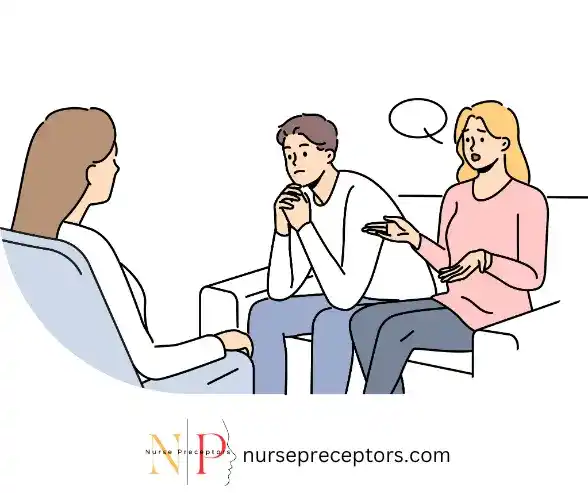
3. Clarification
Clarification involves seeking additional information or asking open-ended questions to ensure a clear understanding of what the client is expressing.
This technique can help clarify vague or ambiguous statements and encourage the client to delve deeper into their experiences.
For example, if a client mentions feeling stressed, you might ask, “Can you tell me more about what specifically is causing you stress?”
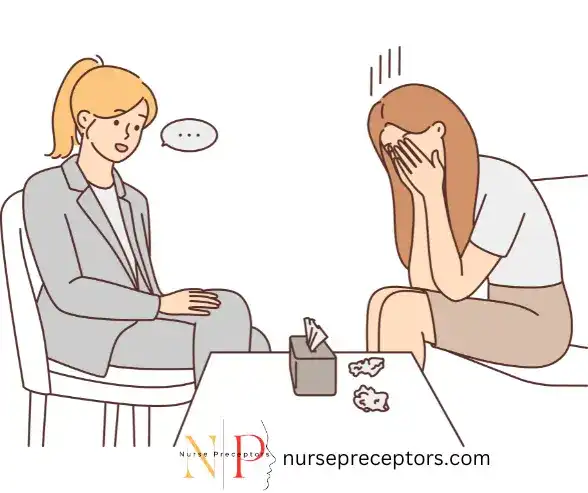
7. Encouragement
Encouragement involves offering support, praise, and motivation to help clients overcome challenges and achieve their goals. This technique can boost the client’s confidence and self-esteem and reinforce positive behaviors and coping strategies.
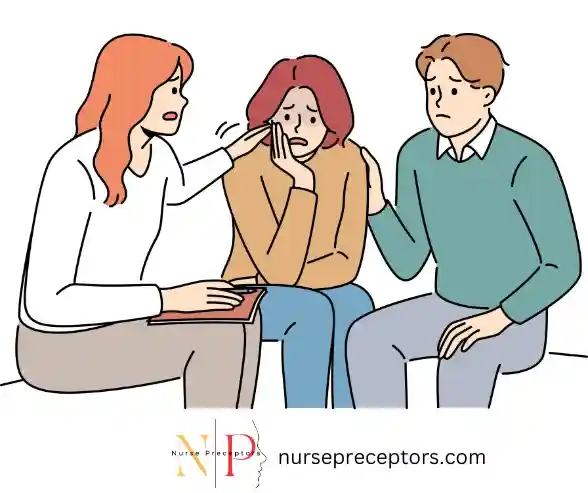
For example, a statement such as “I admire your unwavering dedication to effecting positive change in your life” or “Your initiative in seeking guidance is a testament to your desire for growth, and I have confidence in your ability to succeed” can be effective in inspiring and motivating individuals to persist in their efforts towards self-improvement.
8. Normalization
Normalization involves reassuring clients that their experiences, emotions, and reactions are common and understandable given their circumstances. This technique helps reduce feelings of shame or isolation and fosters a sense of connection and universality.
For example, if a client expresses feeling overwhelmed by anxiety, you might reassure them that anxiety is a common human experience and that many people struggle with similar feelings at times.
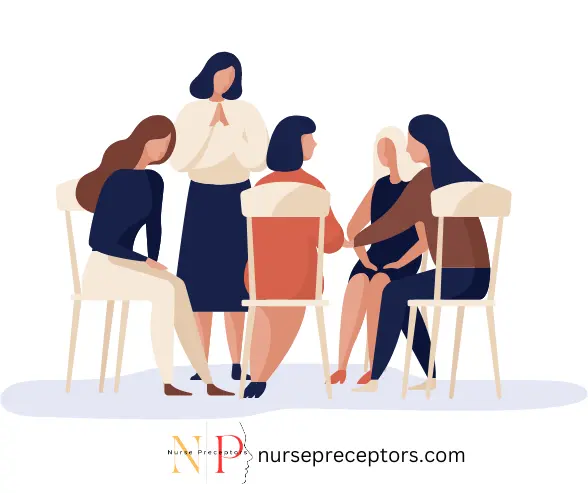
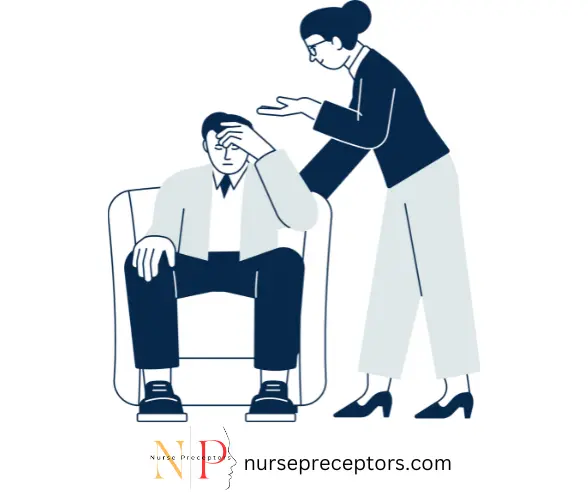
12. Affirmations
Affirmations involve offering positive feedback, praise, and validation to boost the client’s self-esteem and motivation. This technique acknowledges the client’s strengths, resilience, and progress and reinforces positive behaviors and coping strategies.
For example, you might praise a client for their courage in confronting difficult emotions or acknowledge their efforts to implement positive changes in their life.
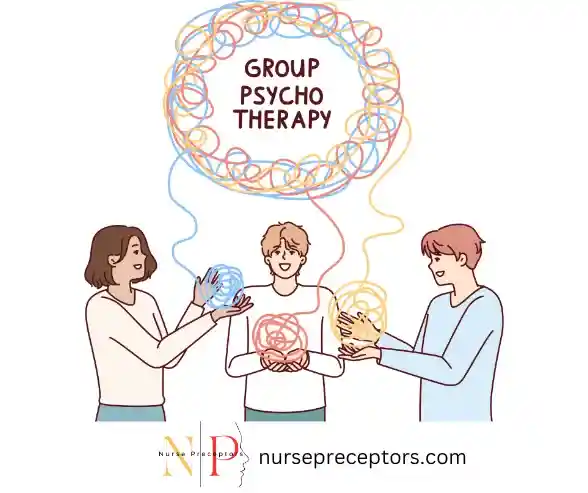
These therapeutic response techniques are often used in combination with various therapeutic modalities and interventions, tailored to meet the unique needs and goals of each client.
By employing these techniques skillfully, therapists can create a supportive and empowering environment that facilitates healing, growth, and positive change.
Common Mistakes in Therapeutic Communication and How to Avoid Them
Despite its importance, therapeutic communication can sometimes go awry, often due to common pitfalls such as offering unsolicited advice, using medical jargon, or failing to listen actively. These mistakes can create barriers to effective communication, diminishing the quality of care provided.
To avoid these errors, professionals should focus on being fully present during interactions, employing empathy, and tailoring their communication style to meet the needs of each patient. Avoiding assumptions and stereotypes is crucial, as is the willingness to adapt and learn from each interaction.
Practicing self-awareness and seeking feedback from colleagues can also play a significant role in improving one’s communication skills. Regularly reflecting on one’s communication style and its impact on patients can lead to greater proficiency and effectiveness in therapeutic communication.
Resources for Enhancing Therapeutic Communication Skills
For those looking to enhance their therapeutic communication skills, a wealth of resources is available. Professional workshops and continuing education courses offer valuable opportunities for learning and practice.
Additionally, literature on the subject, including textbooks and academic articles, can provide theoretical knowledge and practical insights.
Online forums and communities for healthcare professionals can also be a rich source of support and advice, allowing individuals to share experiences and learn from one another. Furthermore, seeking mentorship from experienced colleagues can offer personalized guidance and encouragement.
Overcoming Challenges in Therapeutic Communication
Despite the best efforts of professionals, challenges in therapeutic communication can arise, stemming from cultural differences, language barriers, and patients’ emotional states. Overcoming these obstacles requires flexibility, creativity, and a commitment to understanding the unique perspective of each patient.
Employing interpreters, utilizing visual aids, and taking the time to learn about patients’ cultural backgrounds can greatly enhance communication. Additionally, being mindful of one’s own biases and preconceptions is essential for fostering an inclusive and respectful environment.
Conclusion
In conclusion, therapeutic response in communication is a crucial element in the process of healing, growth, and development. It is a set of techniques and strategies aimed at promoting positive changes and emotional well-being in an individual. The methods of therapeutic response can vary depending on the individual’s unique needs and circumstances.
The practice of active listening, for instance, is a common way of eliciting a therapeutic response. This involves paying full attention to the speaker, reflecting on their feelings and thoughts, and seeking clarification when necessary. This approach fosters an environment of understanding and empathy, allowing the individual to express themselves freely and without judgment.
Another key approach to therapeutic response is the use of open-ended questions. These types of questions encourage deeper exploration of feelings, thoughts, and experiences, providing a more comprehensive understanding of the individual’s situation. Additionally, they foster a sense of empowerment as the individual is given the space to identify and articulate their insights and solutions.
Furthermore, the use of validation in therapeutic response cannot be overstated. By acknowledging and affirming the individual’s feelings and experiences, therapists can build a relationship of trust and respect. This not only promotes emotional well-being but also encourages more active participation in the therapeutic process.
These methods, among others, underscore the significance of effective communication in achieving a therapeutic response. It is through these communication strategies that individuals can explore their thoughts and feelings, gain new insights, and ultimately move toward healing and growth.
References:
- Berman, A., Snyder, S., & Frandsen, G. (2016). Kozier & Erb’s Fundamentals of Nursing: Concepts, Practice, and Process (10th ed.). Pearson.
- Delaune, S. C., & Ladner, P. K. (2002). Fundamentals of nursing : standards & practice. Delmar Thomson Learning.
- Weiss, S. A., & Tappen, R. M. (2015). Essentials of nursing leadership and management (6th ed.). F.A. Davis Company.
- Patricia Ann Potter, Anne Griffin Perry, Stockert, P. A., & Hall, A. (2019). Essentials for nursing practice. Elsevier.
- RNPedia. (2014, December 30). Therapeutic and Non-Therapeutic Communication – RNpedia. RNpedia. https://www.rnpedia.com/nursing-notes/psychiatric-nursing-notes/therapeutic-non-therapeutic-communication/
- Nightingale College. (2022, February 24). Therapeutic Communication in Nursing – Nightingale College. Nightingale.edu. https://nightingale.edu/blog/therapeutic-communication.html
- 13 Therapeutic Communication Techniques [2023]. (2023, July 23). Dovetail.com. https://dovetail.com/patient-experience/therapeutic-communication-techniques/
- Lapum, E. by J., St-Amant, O., Hughes, M., & Garmaise-Yee, J. (2020). Communication Strategies. Pressbooks.library.torontomu.ca. https://pressbooks.library.torontomu.ca/communicationnursing/chapter/communication-strategies/
- Williams, C. (2021, September 20). 4 Ways to Respond When Someone Shares their Traumatic Experience. Chinwe Williams. https://meaningfulsolutionscounseling.com/4-ways-to-respond-when-someone-shares-their-traumatic-experience/
- Ghannad, A. (2022, January 11). A guide to therapeutic communication in nursing. MAS Medical Staffing. https://www.masmedicalstaffing.com/blog/therapeutic-communication-in-nursing/
The breadth of knowledge compiled on this website is astounding. Every article is a well-crafted masterpiece brimming with insights. I’m grateful to have discovered such a rich educational resource. You’ve gained a lifelong fan!
You’re welcome! I appreciate your willingness to engage further. If you have any specific questions or topics you’d like to delve into, feel free to share them. Whether it’s about recent developments in technology, intriguing scientific discoveries, captivating literature, or anything else on your mind, I’m here to provide insights and assistance. Simply let me know how I can help, and I’ll be happy to assist you further!